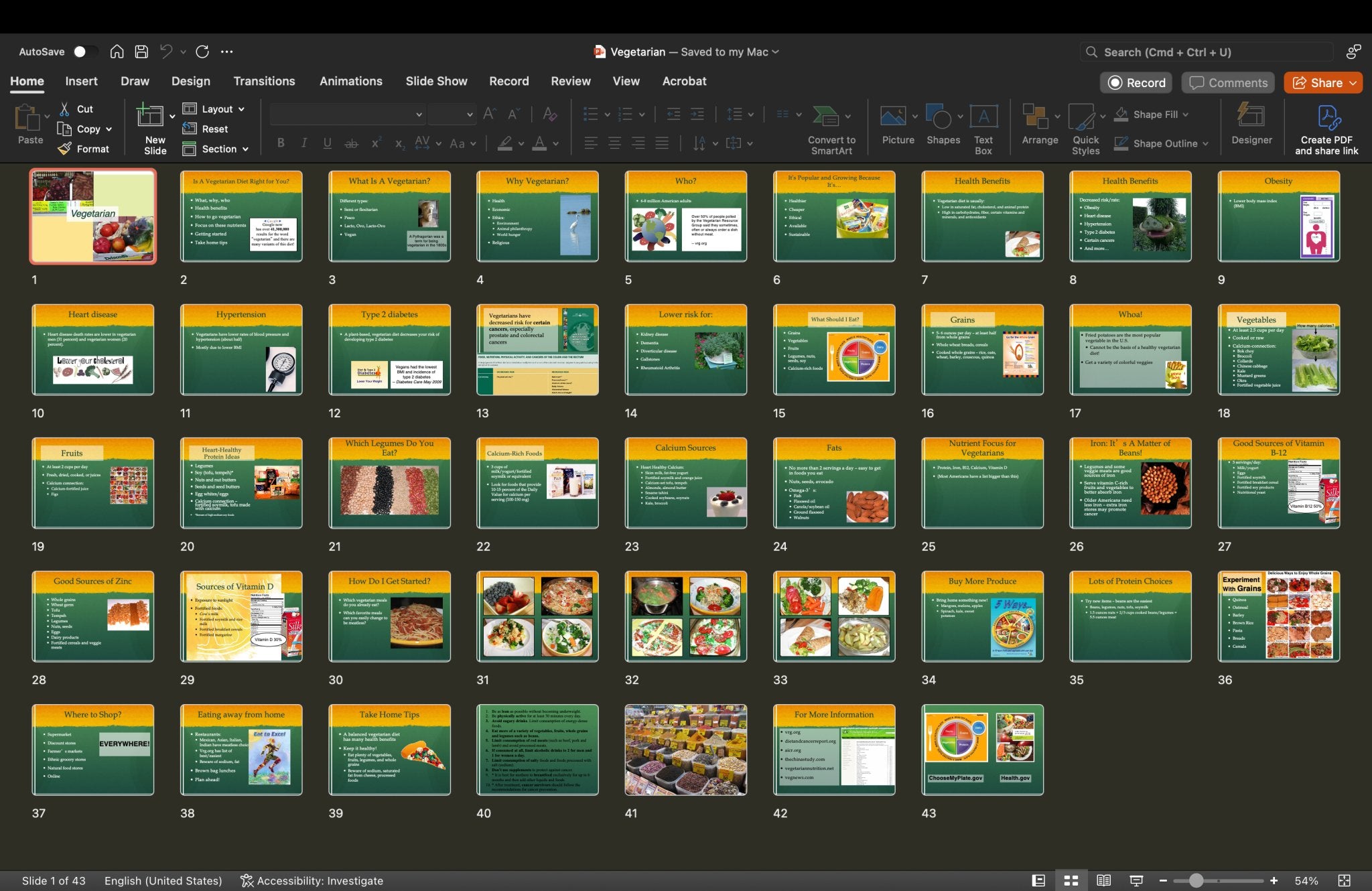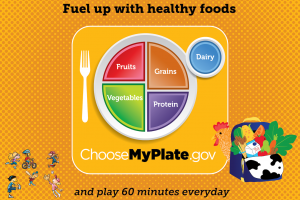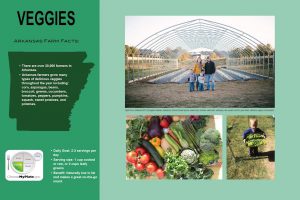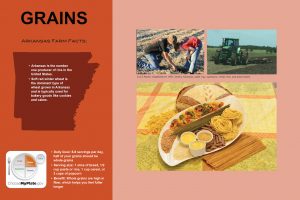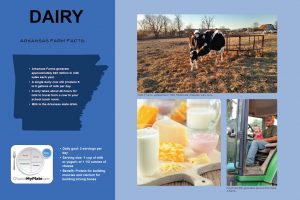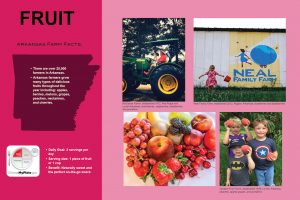May marks the beginning of the farmer’s market season in many parts of the country. With COVID-19, most markets will open as planned, with social distancing, handwashing stations, online ordering, curbside delivery, and other changes to make shopping safe for everyone.
This is a good time to encourage your clients to support their local farmer’s market or farm stand. Farmers aren’t selling as much produce to restaurants, so they need the income as well as something to do with their harvest. And we need healthy food!
Here are six teaching tips for farmer’s market season:
1. Let your clients know the many benefits of shopping farm stands and markets.
- Markets are a source of healthy, locally-grown food.
- Locally-grown food is in season and at its peak for taste and nutrition.
- Fresh fruits and vegetables supply a host of nutrients that boost your immune system.
- If farmers go out of business, this source of healthy local food won’t be available to us in the future.
2. Emphasize that fresh produce from farmer’s markets and farm stands (and for that matter, grocery stores) is safe to eat.
- According to the Food and Drug Administration (FDA), there is no evidence that food or food packaging is involved with the transmission of COVID-19 (up-to-date information is available on their website and on this PDF).
- Follow basic COVID-19 safety guidelines when shopping:
- Check before you go – some markets and farmers are doing online-only pre-ordering.
- Wash your hands before and after shopping.
- Wear a mask and stay at least six feet from others.
- Don’t touch the food. Many vendors will have produce bagged and ready. Let them get it for you.
- Pay with your debit/credit/SNAP card and avoid using cash.
- Be patient – with extra safety measures it may take more time than usual.
- Get what you need and go – avoid socializing.
- When you get home, rinse all produce (follow FDA’s normal tips).
3. Remind clients that real food grows … and you can find it at the farmer’s market! See our beautiful Real Food Grows poster that conveys this message.
- Did the food you’re looking at grow into what it now is, or has it been processed with other elements to create a new food?
- Processed foods are usually calorie-dense, high in unhealthy types of fat, refined sugars, and sodium, and low in fiber.
4. Use our poster to teach people how fruits and veggies from the farmer’s market make you a winner!
- Weight – fruits and veggies are naturally low in calories and help you maintain a healthy weight.
- I am healthier – eating a diet rich in fruits and veggies is associated with a lower risk for many chronic diseases.
- Nutrients – fruits and veggies are major contributors for nutrients most people are lacking.
5. Make it fun to learn about the fruits and vegetables you’ll probably see at the farmer’s market with the Vegetable Cooking Program or Name That Fruit and Veggie Game.
6. Remind clients who use SNAP that their food dollars may go further when they buy fresh produce. Most states have programs that provide a dollar for dollar match when you use your SNAP/EBT card to buy fruits and vegetables at farmer’s markets and some retail stores. (Find out more about Double Up Bucks and similar incentive programs here.)
And don’t forget about community supported agriculture (CSA)! Find out what’s available in your area so you can give your clients all the information they need to get a steady supply of fresh, local healthy produce all season long.




